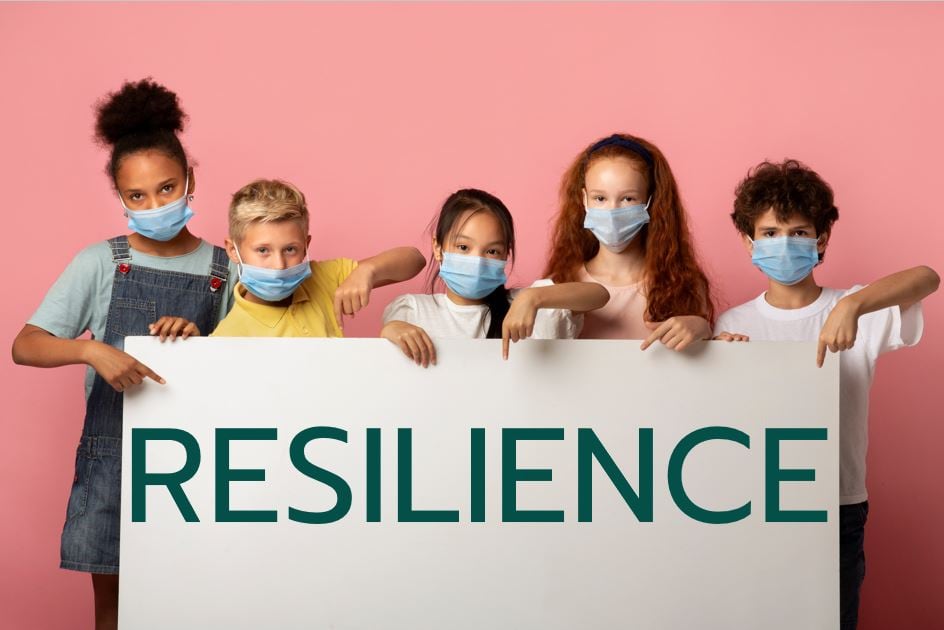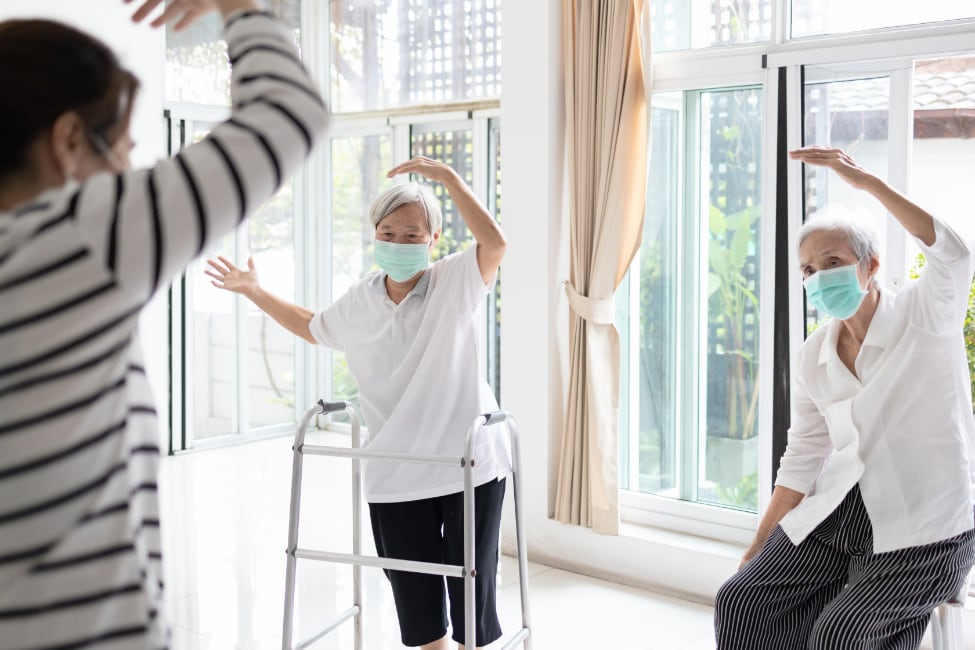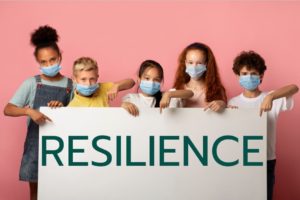[vc_row css_animation=”” row_type=”row” use_row_as_full_screen_section=”no” type=”full_width” angled_section=”no” text_align=”left” background_image_as_pattern=”without_pattern” css=”.vc_custom_1602657878850{margin-right: 0px !important;margin-left: 0px !important;background-color: #ffffff !important;background-position: 0 0 !important;background-repeat: no-repeat !important;}”][vc_column css=”.vc_custom_1672212644939{margin-right: 0px !important;margin-left: 0px !important;background-image: url(https://www.nevada211.org/wp-content/uploads/2020/10/Nevada_Resilience_Project_Site_Header.jpg?id=3720) !important;background-position: center !important;background-repeat: no-repeat !important;background-size: cover !important;}” offset=”vc_hidden-xs”]
PAGE[/vc_column][vc_column width=”1/5″ offset=”vc_hidden-xs”]WHAT IS
RESILIENCE?[/vc_column][vc_column width=”1/5″ offset=”vc_hidden-xs”]RESILIENCE
TOOLKIT[/vc_column][vc_column width=”1/5″ offset=”vc_hidden-xs”]BEHAVIORAL HEALTH
RESOURCES[/vc_column][vc_column width=”1/5″ offset=”vc_hidden-xs”]ADDITIONAL
RESOURCES[/vc_column][/vc_row][vc_row css_animation=”” row_type=”row” use_row_as_full_screen_section=”no” type=”grid” angled_section=”no” text_align=”left” background_image_as_pattern=”without_pattern” css=”.vc_custom_1602193329574{margin-top: 1% !important;}”][vc_column width=”1/5″ offset=”vc_hidden-lg vc_hidden-md vc_hidden-sm” css=”.vc_custom_1603323472425{margin-top: 1% !important;margin-right: 3% !important;margin-bottom: 4% !important;margin-left: 3% !important;}”]HOME
PAGE[/vc_column][vc_column width=”1/5″ offset=”vc_hidden-lg vc_hidden-md vc_hidden-sm” css=”.vc_custom_1603323485976{margin-top: 1% !important;margin-right: 3% !important;margin-bottom: 4% !important;margin-left: 3% !important;}”]WHAT IS RESILIENCE? [1][/vc_column][vc_column width=”1/5″ offset=”vc_hidden-lg vc_hidden-md vc_hidden-sm” css=”.vc_custom_1603323497558{margin-top: 1% !important;margin-right: 3% !important;margin-bottom: 4% !important;margin-left: 3% !important;}”]RESILIENCE TOOLKIT [2][/vc_column][vc_column width=”1/5″ offset=”vc_hidden-lg vc_hidden-md vc_hidden-sm” css=”.vc_custom_1603323506093{margin-top: 1% !important;margin-right: 3% !important;margin-bottom: 4% !important;margin-left: 3% !important;}”]BEHAVIORAL HEALTH RESOURCES [3][/vc_column][vc_column width=”1/5″ css=”.vc_custom_1603323514511{margin-top: 1% !important;margin-right: 3% !important;margin-bottom: 4% !important;margin-left: 3% !important;}” offset=”vc_hidden-lg vc_hidden-md vc_hidden-sm”]ADDITIONAL RESOURCES [4][/vc_column][/vc_row][vc_row css_animation=”” row_type=”row” use_row_as_full_screen_section=”no” type=”grid” angled_section=”no” text_align=”left” background_image_as_pattern=”without_pattern”][vc_column css=”.vc_custom_1603410793869{border-top-width: 4px !important;border-right-width: 4px !important;border-bottom-width: 4px !important;border-left-width: 4px !important;padding-top: 3% !important;padding-right: 3% !important;padding-bottom: 3% !important;padding-left: 3% !important;background-color: #e5e5e5 !important;border-left-color: #515151 !important;border-left-style: none !important;border-right-color: #515151 !important;border-right-style: none !important;border-top-color: #515151 !important;border-top-style: none !important;border-bottom-color: #515151 !important;border-bottom-style: none !important;border-radius: 15px !important;}” offset=”vc_hidden-xs”][vc_row_inner row_type=”row” type=”full_width” text_align=”left” css_animation=””][vc_column_inner][vc_empty_space][vc_column_text css=”.vc_custom_1625719577097{padding-right: 5% !important;padding-bottom: 5% !important;padding-left: 5% !important;}”]
What is Resilience?
Resilience is the capacity to adapt to hardships and recover quickly when faced with challenges. It is universal and inherent to all people. It translates to all cultures and languages.
You can learn more about why resiliency is important below, and don’t forget to visit the Resilience Toolkit [2] page to learn about specific resources that can help you build resilience and manage stress during this challenging time.

Why is being resilient so important?
Being resilient leads to improved relationships, academic success, physical and mental health, and better job performance. It reduces risk-taking behaviors (such as excessive drinking or drug use), and strengthens your capacity to problem-solve and manage anxiety and stressful situations.
The tips presented above are great for everyone, regardless of age. See the sections below for suggestions for how people and caregivers of different age groups can increase resiliency.
What does it mean to demonstrate resilience?
To demonstrate resilience is to identify your individual strengths and abilities in developing a plan with specific steps to move to higher levels of resilience.
Self-directed resilience is to be aware of the opportunities and resources through a concentrated effort. It results in being focused on the resources for self-development and most importantly, the courage to take advantage of them.
What does resilience look like?
Resilient individuals often demonstrate the following traits:
- The ability to identify individual strengths, and regulate stress and anxiety
- An awareness of opportunities, services, and resources, and the courage to utilize them
- Optimism and a positive sense of self
- An appropriate life balance (between school, family, social, and employment responsibilities)
- Adaptability
- Good health habits (sleep, exercise, nutrition)
- The ability to positively manage thoughts, emotions, and behavior
- Strong coping skills, with enhanced problem-solving
- Use of nurturing strategies through positive self-care

Children, teen, and youth resiliency
Children, teen, and youth resiliency prepares young people to tackle obstacles and adversity, and overcome challenges as they continue to grow and learn.
Why is resilience important to youth?
Resilience prepares our youth to tackle obstacles, adversity and overcome challenges as they continue to grow and learn. Resilience works to support youth, adolescents and young adults to build positive relationships, show acceptance, encourage independent thought, to know when to ask for help, and how to utilize resources. Resilience helps youth do better in school, reduces risky behaviors, and builds on strengths so they do not give up on themselves.
Parents, caregivers, and family members, you can help increase the resiliency of young people by:
- Providing structure with a daily schedule for meals, studying, and playing
- Sharing feelings openly
- Allowing children and teens to share how they are feeling (frustrations, anxiety) and listen. Listening does not mean you have to find solutions, but children need to know they are being heard
- Finding ways to spend quality time together, such as making dinner as a family
- Engaging with writing letters or drawing pictures for others
- Fostering creativity and making time for imaginary play
- Allowing them to help with chores and household duties – this can help give them a sense of purpose
- Encouraging them to reach out to friends and stay connected in safe ways
- Engaging them in developing relaxation techniques– consider making this a family event
- Exercising or taking walks whenever possible
- Encouraging the development of future goals and dreams
[/vc_column_text][vc_column_text css=”.vc_custom_1625720297794{padding-right: 5% !important;padding-bottom: 5% !important;padding-left: 5% !important;}”]
Putting resilience into action!
Resilience starts with identifying your strengths and allowing yourself to recognize that additional resources would be helpful. The following tips can help you as you work to build resilience.
- Maintain a daily routine
- Take breaks to set aside time that is not focused on deadlines, current events, or mandatory activities
- Practice self-care, including eating healthy, exercising, getting a good amount of sleep, and having time to relax
- Spend time outside a few minutes of each day, if possible
- Practice optimism, focus on positive events, and celebrate small successes as much as large ones
- Look for opportunities for self-discovery
- Be flexible, change is inevitable
- Remember every day is part of the learning process
- Emotions are normal, allow yourself to feel them
- Turn off technology and allow your mind to wander
- Set boundaries with news, social media, and/or television content
- Identify your support system and whether you might need additional support
- Stay connected with loved ones through letters, the phone, or online
- Allow a Resilience Ambassador to be part of that system by contacting us through the form below
[/vc_column_text][/vc_column_inner][/vc_row_inner][/vc_column][/vc_row][vc_row css_animation=”” row_type=”row” use_row_as_full_screen_section=”no” type=”grid” angled_section=”no” text_align=”left” background_image_as_pattern=”without_pattern” css=”.vc_custom_1603410835668{background-color: #e5e5e5 !important;}”][vc_column css=”.vc_custom_1603410846380{border-top-width: 4px !important;border-right-width: 4px !important;border-bottom-width: 4px !important;border-left-width: 4px !important;padding-top: 3% !important;padding-right: 3% !important;padding-bottom: 3% !important;padding-left: 3% !important;background-color: #e5e5e5 !important;border-left-color: #515151 !important;border-left-style: none !important;border-right-color: #515151 !important;border-right-style: none !important;border-top-color: #515151 !important;border-top-style: none !important;border-bottom-color: #515151 !important;border-bottom-style: none !important;border-radius: 15px !important;}” offset=”vc_hidden-lg vc_hidden-md vc_hidden-sm”][vc_row_inner row_type=”row” type=”full_width” text_align=”left” css_animation=””][vc_column_inner width=”5/6″][vc_column_text css=”.vc_custom_1625719988205{padding-right: 5% !important;padding-bottom: 5% !important;padding-left: 5% !important;}”]
What is Resilience?
Resilience is the capacity to adapt to hardships and recover quickly when faced with challenges. It is universal and inherent to all people. It translates to all cultures and languages.
You can learn more about why resiliency is important below, and don’t forget to visit the Resilience Toolkit [2] page to learn about specific resources that can help you build resilience and manage stress during this challenging time.
Why is being resilient so important?
Being resilient leads to improved relationships, academic success, physical and mental health, and better job performance. It reduces risk-taking behaviors (such as excessive drinking or drug use), and strengthens your capacity to problem-solve and manage anxiety and stressful situations.
The tips presented above are great for everyone, regardless of age. See the sections below for suggestions for how people and caregivers of different age groups can increase resiliency.
Why is resilience important to youth?
Resilience prepares our youth to tackle obstacles, adversity and overcome challenges as they continue to grow and learn. Resilience works to support youth, adolescents and young adults to build positive relationships, show acceptance, encourage independent thought, to know when to ask for help, and how to utilize resources. Resilience helps youth do better in school, reduces risky behaviors, and builds on strengths so they do not give up on themselves.
What does it mean to demonstrate resilience?
To demonstrate resilience is to identify your individual strengths and abilities in developing a plan with specific steps to move to higher levels of resilience.
Self-directed resilience is to be aware of the opportunities and resources through a concentrated effort. It results in being focused on the resources for self-development and most importantly, the courage to take advantage of them.
What does resilience look like?
Resilient individuals often demonstrate the following traits:
- The ability to identify individual strengths, and regulate stress and anxiety
- An awareness of opportunities, services, and resources, and the courage to utilize them
- Optimism and a positive sense of self
- An appropriate life balance (between school, family, social, and employment responsibilities)
- Adaptability
- Good health habits (sleep, exercise, nutrition)
- The ability to positively manage thoughts, emotions, and behavior
- Strong coping skills, with enhanced problem-solving
- Use of nurturing strategies through positive self-care
Children, teen, and youth resiliency
Children, teen, and youth resiliency prepares young people to tackle obstacles and adversity, and overcome challenges as they continue to grow and learn.
Why is resilience important to youth?
Resilience prepares our youth to tackle obstacles, adversity and overcome challenges as they continue to grow and learn. Resilience works to support youth, adolescents and young adults to build positive relationships, show acceptance, encourage independent thought, to know when to ask for help, and how to utilize resources. Resilience helps youth do better in school, reduces risky behaviors, and builds on strengths so they do not give up on themselves.
Parents, caregivers, and family members, you can help increase the resiliency of young people by:
- Providing structure with a daily schedule for meals, studying, and playing
- Sharing feelings openly
- Allowing children and teens to share how they are feeling (frustrations, anxiety) and listen. Listening does not mean you have to find solutions, but children need to know they are being heard
- Finding ways to spend quality time together, such as making dinner as a family
- Engaging with writing letters or drawing pictures for others
- Fostering creativity and making time for imaginary play
- Allowing them to help with chores and household duties – this can help give them a sense of purpose
- Encouraging them to reach out to friends and stay connected in safe ways
- Engaging them in developing relaxation techniques– consider making this a family event
- Exercising or taking walks whenever possible
- Encouraging the development of future goals and dreams

Putting resilience into action!
Resilience starts with identifying your strengths and allowing yourself to recognize that additional resources would be helpful. The following tips can help you as you work to build resilience.
- Maintain a daily routine
- Take breaks to set aside time that is not focused on deadlines, current events, or mandatory activities
- Practice self-care, including eating healthy, exercising, getting a good amount of sleep, and having time to relax
- Spend time outside a few minutes of each day, if possible
- Practice optimism, focus on positive events, and celebrate small successes as much as large ones
- Look for opportunities for self-discovery
- Be flexible, change is inevitable
- Remember every day is part of the learning process
- Emotions are normal, allow yourself to feel them
- Turn off technology and allow your mind to wander
- Set boundaries with news, social media, and/or television content
- Identify your support system and whether you might need additional support
- Stay connected with loved ones through letters, the phone, or online
- Allow a Resilience Ambassador to be part of that system by contacting us through the form below
[/vc_column_text][/vc_column_inner][vc_column_inner width=”1/6″][/vc_column_inner][/vc_row_inner][/vc_column][/vc_row]


